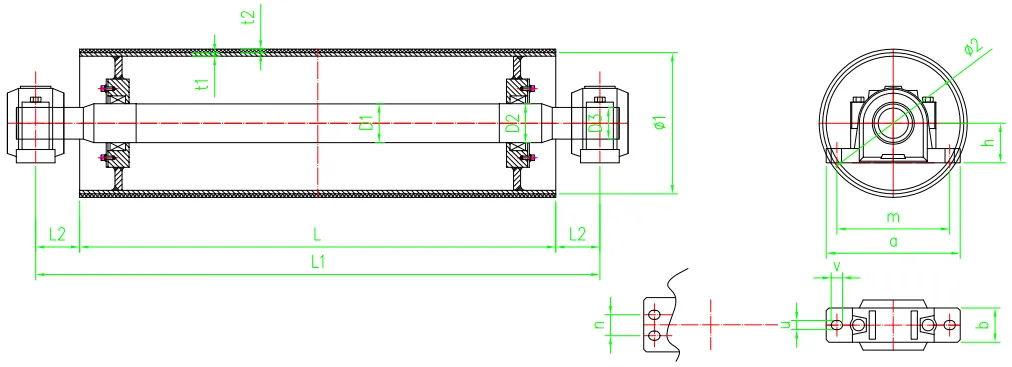 Afrikaans
Afrikaans  Albanian
Albanian  Amharic
Amharic  Arabic
Arabic  Armenian
Armenian  Azerbaijani
Azerbaijani  Basque
Basque  Belarusian
Belarusian  Bengali
Bengali  Bosnian
Bosnian  Bulgarian
Bulgarian  Catalan
Catalan  Cebuano
Cebuano  Corsican
Corsican  Croatian
Croatian  Czech
Czech  Danish
Danish  Dutch
Dutch  English
English  Esperanto
Esperanto  Estonian
Estonian  Finnish
Finnish  French
French  Frisian
Frisian  Galician
Galician  Georgian
Georgian  German
German  Greek
Greek  Gujarati
Gujarati  Haitian Creole
Haitian Creole  hausa
hausa  hawaiian
hawaiian  Hebrew
Hebrew  Hindi
Hindi  Miao
Miao  Hungarian
Hungarian  Icelandic
Icelandic  igbo
igbo  Indonesian
Indonesian  irish
irish  Italian
Italian  Japanese
Japanese  Javanese
Javanese  Kannada
Kannada  kazakh
kazakh  Khmer
Khmer  Rwandese
Rwandese  Korean
Korean  Kurdish
Kurdish  Kyrgyz
Kyrgyz  Lao
Lao  Latin
Latin  Latvian
Latvian  Lithuanian
Lithuanian  Luxembourgish
Luxembourgish  Macedonian
Macedonian  Malgashi
Malgashi  Malay
Malay  Malayalam
Malayalam  Maltese
Maltese  Maori
Maori  Marathi
Marathi  Mongolian
Mongolian  Myanmar
Myanmar  Nepali
Nepali  Norwegian
Norwegian  Norwegian
Norwegian  Occitan
Occitan  Pashto
Pashto  Persian
Persian  Polish
Polish  Portuguese
Portuguese  Punjabi
Punjabi  Romanian
Romanian  Russian
Russian  Samoan
Samoan  Scottish Gaelic
Scottish Gaelic  Serbian
Serbian  Sesotho
Sesotho  Shona
Shona  Sindhi
Sindhi  Sinhala
Sinhala  Slovak
Slovak  Slovenian
Slovenian  Somali
Somali  Spanish
Spanish  Sundanese
Sundanese  Swahili
Swahili  Swedish
Swedish  Tagalog
Tagalog  Tajik
Tajik  Tamil
Tamil  Tatar
Tatar  Telugu
Telugu  Thai
Thai  Turkish
Turkish  Turkmen
Turkmen  Ukrainian
Ukrainian  Urdu
Urdu  Uighur
Uighur  Uzbek
Uzbek  Vietnamese
Vietnamese  Welsh
Welsh  Bantu
Bantu  Yiddish
Yiddish  Yoruba
Yoruba  Zulu
Zulu Essential Components and Structures of Conveyor Frame Systems for Efficient Material Handling
Understanding Conveyor Frame Parts An Essential Component in Material Handling
Conveyor systems are integral to modern manufacturing and distribution operations. They facilitate the efficient movement of materials, products, and goods across various stages in manufacturing, packaging, and distribution. A critical component of any conveyor system is its frame, which provides the necessary support and structure for the entire operation. In this article, we will examine the various parts of a conveyor frame, exploring their functions and importance in ensuring optimal performance.
The Function of Conveyor Frames
The primary purpose of a conveyor frame is to support the conveyor's components while providing stability and durability needed to withstand the demanding industrial environment. A well-designed frame enables the smooth operation of the conveyor system, ensuring that goods are transported safely and efficiently. Conveyor frames are typically made from materials such as steel or aluminum, chosen for their strength and resistance to wear and tear.
Key Parts of a Conveyor Frame
1. Base Frame The base frame serves as the foundation for the entire conveyor system. It supports the weight of the conveyor belt, rollers, and the materials being transported. The design and material used for the base frame are essential for providing stability and minimizing vibration during operation.
2. Side Rails These are vertical or inclined sections that border the conveyor belt. Side rails help contain the materials being conveyed and prevent them from sliding off the sides. They also enhance the overall structural integrity of the conveyor system. Side rails can be adjustable to accommodate varying belt widths and are often made from the same material as the base frame for consistency and strength.
3. Cross Members Cross members are horizontal supports that connect the side rails. They provide additional strength and stability to the conveyor frame, preventing it from flexing or bending under load. Cross members are strategically placed to ensure even distribution of weight and can be customized based on the conveyor's specific requirements.
conveyor frame parts

4. Mounting Brackets These components are crucial for securing various mechanical parts of the conveyor system, including motors, rollers, and pulleys. Mounting brackets are designed to facilitate easy assembly and maintenance, ensuring that the conveyor can be quickly adjusted or repaired when necessary.
5. Belt Supports These are the structures that support the conveyor belt along its length. Belt supports must be carefully designed to allow the belt to move smoothly without sagging or causing friction. They play a pivotal role in extending the life of the belt and other mechanical components.
6. Legs and Feet Conveyor frames often rest on a series of legs or feet, which provide stability and height adjustment capabilities. Adjustable feet can help level the conveyor system on uneven surfaces, ensuring smooth operation and reducing wear on the components.
Importance of Quality Materials and Design
The quality of materials used in the construction of conveyor frames significantly impacts their performance and longevity. Steel frames, for example, offer excellent strength and durability, making them suitable for heavy-duty applications, while aluminum frames are lighter and more corrosion-resistant, making them ideal for lighter loads and applications where weight is a concern.
Proper design is equally crucial. Frames must be designed to handle specific load capacities while maintaining the flexibility to adapt to changing operational needs. Engineers and designers must take into account factors such as load height, conveyor speed, and environmental conditions when creating a conveyor frame.
Conclusion
In conclusion, conveyor frame parts play a vital role in the overall efficiency and effectiveness of a conveyor system. Understanding these components and their functions helps manufacturers and operators appreciate the complexity and importance of conveying systems in industrial settings. By investing in quality materials and sound design, companies can ensure that their conveyor systems operate smoothly, safely, and reliably, ultimately optimizing their material handling processes.
-
Revolutionizing Conveyor Reliability with Advanced Rubber Lagging PulleysNewsJul.22,2025
-
Powering Precision and Durability with Expert Manufacturers of Conveyor ComponentsNewsJul.22,2025
-
Optimizing Conveyor Systems with Advanced Conveyor AccessoriesNewsJul.22,2025
-
Maximize Conveyor Efficiency with Quality Conveyor Idler PulleysNewsJul.22,2025
-
Future-Proof Your Conveyor System with High-Performance Polyurethane RollerNewsJul.22,2025
-
Driving Efficiency Forward with Quality Idlers and RollersNewsJul.22,2025





























